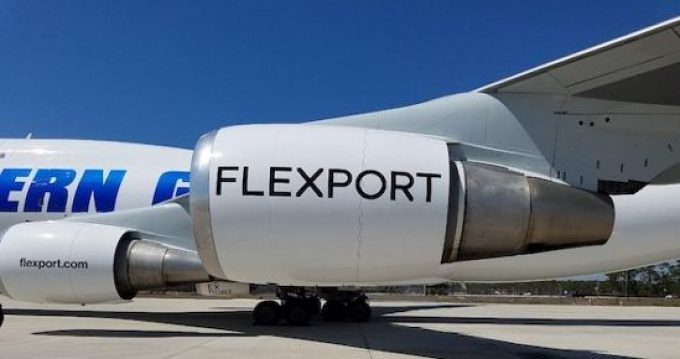DHL expands agreement with Shopify – where does that leave Flexport?
UPDATED 16.00 BSM 27.5.25 TO INCUDE DHL INPUT ON SERVICES AND FLEXPORT DHL is continuing to ...
CMA CGM South Korean staff strike over bonuses after bumper 2024 profit
'Another painful headache for shippers' as Asia-N Europe rate rally ends
Amazon Air Cargo partners-up for new transpacific route into the US
MSC switches two more Asia-Europe port calls from congested Antwerp
Ports and supply chain operators weigh in on funding for CPB
Nightmare for Bangladeshi exporters as congestion and tariffs bite
CMA airline returns two freighters, while ANA takeover of NCA looms
Carriers introduce surcharges as congestion builds at African ports


Comment on this article